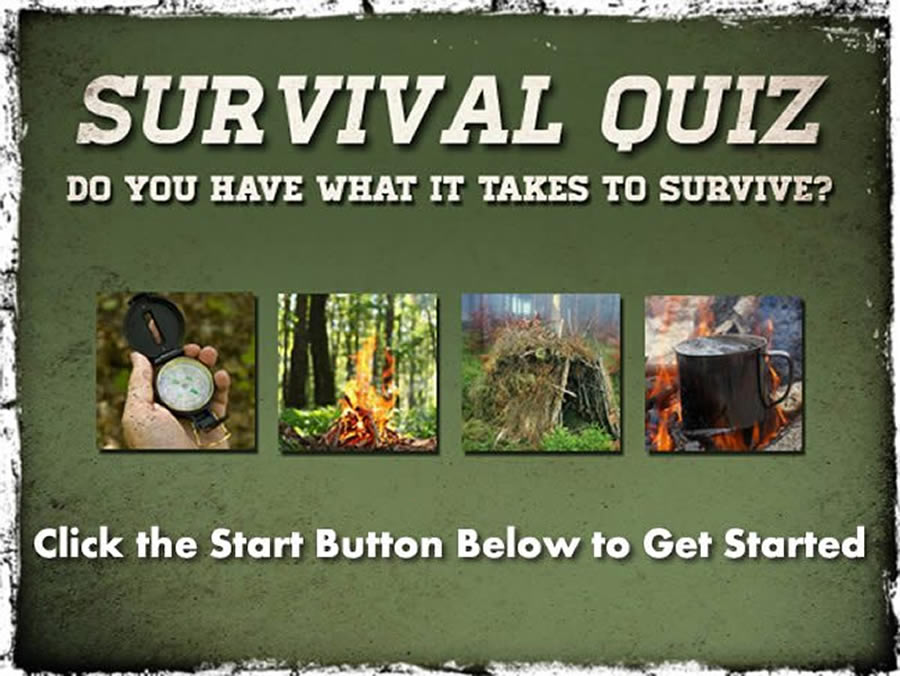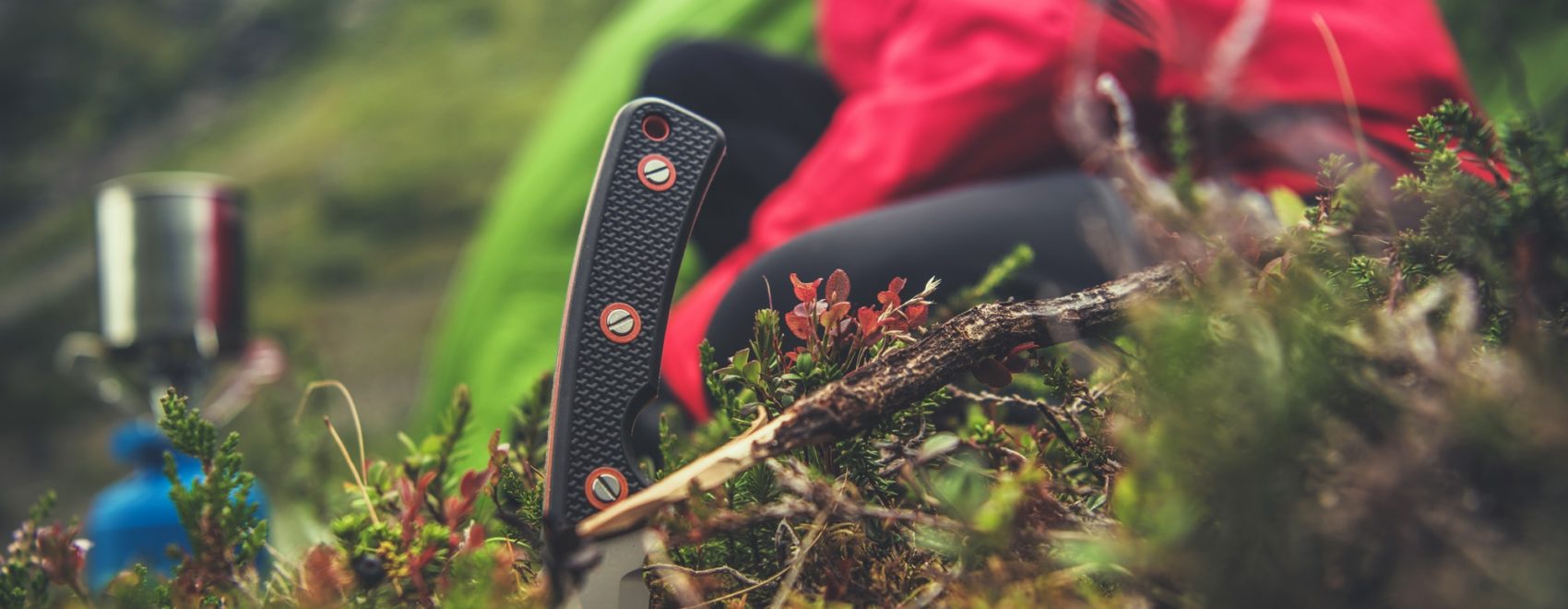
Results
You may want to bone up on your survival skills. Luckily, you’re in the best place to do this!
#1. What feature of the snake is NOT used to determine if the snake is venomous?
Tongue. Venomous snakes tend to have elliptical pupils, while non-venomous snakes have round pupils. This is not foolproof though, as the venomous coral snake has round pupils. Not to mention you don’t want to get that close to a snake to find out!
#2. Which of the following does NOT provide clues to help orient you toward true north?
Wind speed. While not precise directional guides, moss on trees and ant hills can help you to figure out what direction you’re facing. In the Northern Hemisphere, moss on the south side of trees will be thicker and greener because that side often gets more sun; ants often build their nests on the south or southeastern side of trees, where it’s warmer.
#3. How long can a healthy human go without food as long as they have water?
A healthy person, properly hydrated, can last up to 8 weeks without food. This is not to say that they will be able to operate as they normally would with food. The starvation process will leave you without energy and unable to perform basic survival tasks.
#4. It’s a good idea to build your shelter near what?
Staying near a source of water is a good idea when building a shelter. You should avoid natural hazards like cliffs and dry river beds.
#5. An insect diet can actually save your life by providing you with which of these much-needed bodily sources of energy?
The majority of an insect’s body is pure protein. Insects actually hold more than three times the amount of protein (for their size) as beef.
carbohydrates
#6. Which symptom determines if you are experiencing SEVERE dehydration?
Dry mouth and a rapid heartbeat is a sign for moderate dehydration. Vomiting and diarrhea is a strong indication for severe dehydration.
#7. Hypothermia Generally Only Happens in Cold Weather.
Hypothermia happens during all seasons and temperatures, usually due to exposure to water that leads to the lowering of your body temperature.
#8. Why should you try to avoid sleeping directly on the ground?
Sleeping on the ground can lead to loss of body heat. You’ll retain more warmth by piling grass or pine needles on the ground to sleep on.
#9. In an emergency situation, drinking small amounts of salt water will keep you from dehydrating until fresh water can be found.
Drinking any amount of salt water will further dehydrate you and in larger quantities cause organ failure.
#10. If your feet stay wet for a prolonged period, you can develop:
Trench foot is a medical condition caused by prolonged exposure of the feet to damp, unsanitary, and cold conditions. It was also the number three injury, behind bullets and shrapnel, in both world wars, that disabled soldiers.
#11. What do lush vegetation and swarming insects often indicate?
Plant life, insects, bird flight paths and animal tracks can all point toward water sources.
#12. Which of the following can kill you the quickest?
Sun exposure, frostbite and dehydration can take days to kill you, hypothermia happens in a matter of minutes.



